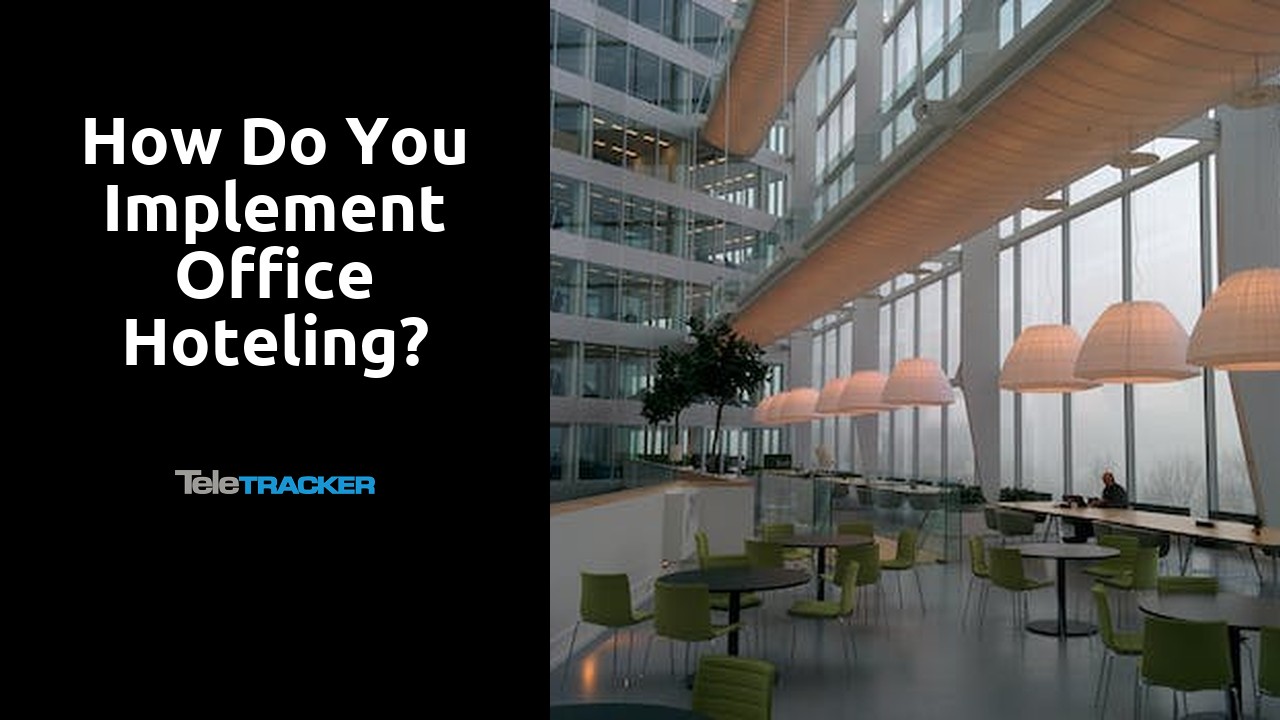The Origin of the Term “Hot Desk”
The term “hot desk” has become increasingly popular in recent years, especially in the context of modern office spaces. But where did this term actually originate? Surprisingly, its roots can be traced back several decades ago to the airline industry.
In the early days of aviation, airlines faced the challenge of efficiently managing their limited resources such as office space and personnel. To address this issue, they implemented a system whereby flight crews and ground staff would share workstations on a rotating basis. This allowed for maximum utilization of the available resources and ensured that no desk would be left unused for extended periods of time. This practice of desk sharing soon became known as “hot desking” due to the constant rotation of people using the desks.
Their site is a great resource for information.
Unveiling the Meaning Behind “Hot Desk”
The term “hot desk” has gained significant popularity in recent years, particularly in the professional and corporate environments. However, many individuals may still be unfamiliar with its exact meaning and origin. Put simply, hotdesking refers to a flexible working arrangement where employees do not have assigned seating but instead choose any available desk when they arrive at the office. This concept emerged as a solution to accommodate the changing workplace dynamics and the need for more efficient space utilization.
The term itself, “hot desk,” is often credited to the high-tech industry of the 1990s. In these industries, there was a strong focus on maximizing productivity and minimizing costs. Companies introduced hot desking as a way to optimize office space and resources. By eliminating the need for assigned seating, multiple employees could share the same desk, reducing the overall office footprint and expenses. This adaptability allowed companies to scale up or down swiftly, adapting to the ever-changing business landscape. These early adopters of hotdesking paved the way for the concept to flourish and gain prominence in various sectors today.
The Story Behind the Name: Hot Desking Explained
Hot desking has become a commonly used term in today’s modern work environment, but where did it originate? The term “hot desk” can be traced back to the 1990s when it was first coined by a technology firm in San Francisco. The concept of hot desking was born out of the need for flexibility and cost-efficiency in office spaces.
The term itself refers to the practice of employees sharing a workspace rather than having a dedicated desk. In a hot desk environment, employees do not have assigned seats and can choose any available desk on a first-come, first-served basis. This allows for a more fluid and adaptable work environment, where employees can easily collaborate and work from different locations within the office. The name “hot desk” signifies the idea that the workspace is always “hot” or ready to be used by anyone in need.
Decoding the Terminology: What is a Hot Desk?
A hot desk is a term commonly used in the world of flexible and shared workspaces. It refers to a desk or workstation that is not assigned to a specific individual, but rather is available for anyone to use on a first-come, first-served basis. The concept of hot desking arose as a solution to the changing nature of work, where traditional office setups with assigned desks seemed rigid and limiting. With the rise of remote work and the increasing need for flexibility, hot desking has become an appealing option for many companies and professionals.
Hot desks are typically equipped with essential office amenities such as a computer, telephone, and internet access. They allow individuals to work in a flexible and dynamic environment, where they can choose a desk based on their preference or availability. This concept encourages collaboration and interaction among coworkers, as people from different teams or departments may find themselves sitting side by side. Additionally, hot desking can be a cost-effective solution for businesses, as it allows them to make the most efficient use of their office space by maximizing utilization.
Understanding the Evolution of Hot Desking
Hot desking has become a common practice in many modern workplaces, but its origins can be traced back to the early 1990s. As technology advanced and remote work became more prevalent, companies began to realize the benefits of flexible workspaces and cost-saving measures. This led to the development of hot desking, where employees no longer had assigned desks, but rather had the freedom to choose any available workspace on a first-come, first-served basis.
Initially, hot desking was primarily adopted by startups and tech companies, who often had limited office space and needed to accommodate a growing number of employees. However, the concept quickly gained popularity and spread to various industries. The evolution of hot desking can be attributed to several factors, including the rise of mobile devices, cloud computing, and the increasing desire for work-life balance. Employees wanted the flexibility to work from anywhere, without being tied down to a specific desk or office. This shift in mindset and technological advancements contributed to the widespread adoption of hot desking and its evolution into a mainstream workplace practice.
Exploring the Roots of the Hot Desk Phenomenon
Hot desking has become a popular trend in recent years, particularly in the business world. But where does the term “hot desk” actually come from? The origins of this term can be traced back to the world of the theatre. In the early 20th century, actors would often share a single desk in the dressing room, taking turns to use it as needed. This practice, known as “hot seating,” eventually gave rise to the term “hot desk” as we know it today. It referred to the concept of a shared workspace that is used by multiple individuals at different times.
The concept of hot desking was then adopted by the corporate world as a way to maximize office space and improve flexibility. As technology advanced and the need for constant connectivity increased, companies started to embrace the idea of providing employees with shared workstations. This allowed for a more efficient use of resources and encouraged collaboration and communication among team members. Today, hot desking has evolved into a flexible working arrangement that is seen as a solution for businesses seeking to adapt to the changing demands of the modern workplace.
Unlock Seamless Hot Desking Solutions with Teletracker
As workplaces evolve and flexibility becomes paramount, embracing hot desking can revolutionize your office dynamics. Teletracker stands as a beacon of innovation, offering tailored solutions to streamline your hot desking needs. By partnering with Teletracker, you’ll unlock a world of efficiency, collaboration, and adaptability. Seize the opportunity to optimize your workspace and empower your team members with the freedom they crave. Reach out to Teletracker today and embark on a journey towards a more dynamic and agile workplace environment. Your future of productivity awaits.
FAQS
What is the origin of the term “hot desk”?
The term “hot desk” originated in the 1980s, specifically in the context of flexible office spaces.
What does “hot desk” mean?
“Hot desk” refers to a flexible working arrangement where multiple employees use a single workstation or desk, typically on a rotating basis.
Why is it called “hot desk”?
The term “hot desk” is derived from the idea that the desk or workstation is always “hot” or in use by different individuals at different times.
Can you explain the story behind the name “hot desking”?
“Hot desking” got its name from the concept of a desk being “hot,” or occupied, by different people throughout the day, as opposed to being permanently assigned to a single individual.
What exactly is a hot desk?
A hot desk is a workstation or desk that is shared by multiple employees or individuals on a flexible basis, often without assigned seating.
How has hot desking evolved over time?
Hot desking has evolved from its early beginnings in the 1980s to become a popular practice in modern workplaces, driven by the need for flexibility and cost-effective space utilization.
What are the roots of the hot desk phenomenon?
The roots of the hot desk phenomenon can be traced back to the rise of remote work, advancements in technology, and the desire for more collaborative and flexible work environments.
Is hot desking a common practice today?
Yes, hot desking has gained popularity and is now a common practice in many organizations, especially those that prioritize flexibility, collaboration, and efficient use of office space.
Are there any benefits to hot desking?
Yes, hot desking offers several benefits, such as promoting collaboration, maximizing space utilization, fostering a dynamic work environment, and providing flexibility for employees.
Does hot desking have any challenges or drawbacks?
While hot desking has its advantages, it can also pose challenges such as potential disruptions, decreased personalization of workspaces, and the need for effective communication and organizational systems.
Related Links
What is an example of hot desking?
Is hot desking good or bad?


